Coherent Dynamics of Strongly Interacting Electronic Spin Defects in Hexagonal
Boron Nitride
Ruotian Gong,1Guanghui He,1Xingyu Gao,2Peng Ju,2Zhongyuan Liu,1Bingtian Ye,3,4
Erik A. Henriksen,1,5Tongcang Li,2,6Chong Zu1,5,†
1Department of Physics, Washington University, St. Louis, MO 63130, USA
2Department of Physics and Astronomy, Purdue University, West Lafayette, Indiana 47907, USA
3Department of Physics, Harvard University, Cambridge, MA 02138, USA
4Department of Physics, University of California, Berkeley, CA 94720, USA
5Institute of Materials Science and Engineering, Washington University, St. Louis, MO 63130, USA
6Elmore Family School of Electrical and Computer Engineering, Purdue University, West Lafayette, IN 47907, USA
†To whom correspondence should be addressed; E-mail: zu@wustl.edu
(Dated: July 14, 2023)
Optically active spin defects in van der Waals materials are promising platforms for modern
quantum technologies. Here we investigate the coherent dynamics of strongly interacting ensembles
of negatively charged boron-vacancy (V−
B) centers in hexagonal boron nitride (hBN) with vary-
ing defect density. By employing advanced dynamical decoupling sequences to selectively isolate
different dephasing sources, we observe more than 5-fold improvement in the measured coherence
times across all hBN samples. Crucially, we identify that the many-body interaction within the V−
B
ensemble plays a substantial role in the coherent dynamics, which is then used to directly estimate
the concentration of V−
B. We find that at high ion implantation dosage, only a small portion of the
created boron vacancy defects are in the desired negatively charged state. Finally, we investigate
the spin response of V−
Bto the local charged defects induced electric field signals, and estimate its
ground state transverse electric field susceptibility. Our results provide new insights on the spin and
charge properties of V−
B, which are important for future use of defects in hBN as quantum sensors
and simulators.
Introduction— Solid-state point defects with optically
addressable electronic spin states have become some of
the most fertile playgrounds for new quantum technolo-
gies [1–18]. Significant recent progress has been made in
creation and control of such spin-active quantum emit-
ters in atomic-thin van der Waals materials. The two-
dimensional (2D) nature of the host materials can enable
seamless integration with heterogeneous, optoelectronic,
and nanophotoic devices, providing a pathway to investi-
gating light-matter interactions at the nanoscale [19–22].
From a wide range of contestant spin defects in 2D
materials, the negatively charged boron vacancy center,
V−
B, in hexagonal boron nitride (hBN) has particularly
attracted substantial research interest in the past few
years [23–31]. Importantly, it has been demonstrated
that the spin degree of freedom of V−
Bcan be optically
initialized and readout, as well as coherently manipulated
at room temperature. Compared to conventional spin
qubits in three-dimensional materials, such as nitrogen-
vacancy (NV) center in diamond, V−
Bfeatures several
unique advantages in quantum sensing and simulation.
From the perspective of quantum sensing, the
atomically-thin structure of hBN can allow the V−
Bsen-
sor to be positioned in close proximity with the target
materials, facilitating the imaging of inter-facial phenom-
ena with unprecedented spatial resolution and sensitivity
[25, 32–34]. Moreover, since hBN has been widely em-
ployed as the encapsulation and gating dielectric material
in 2D heterostructure devices, introducing the embedded
V−
Bsensors does not require any additional complexity in
the fabrication process [35–39]. On the quantum simula-
tion front, the ability to prepare and control strongly in-
teracting, two-dimensional spin ensembles opens the door
to exploring a number of intriguing many-body quan-
tum phenomena [40–42]. For instance, dipolar interac-
tion in 2D is particularly prominent from the perspective
of localization and thermalization, allowing one to exper-
imentally investigate the effect of many-body resonances
[43–50].
V−
Bin hBN, like solid-state spin defects in general,
suffers from decoherence. To this end, research effort
has been devoted to characterizing the coherence time of
V−
B. However, the measured spin echo timescale, TEcho
2,
in several studies varies from tens of nanoseconds to a
few microseconds [24, 51–53]. This immediately begs
the question that where does such discrepancy originate
from, and what are the different decoherence mechanisms
in dense ensemble of V−
B?
In this letter, we present three main results. First,
we introduce a robust differential measurement scheme
to reliably characterize the spin coherent dynamics of
V−
Bensemble (Fig. 1 and Fig. 2). We observe spin-echo
TEcho
2≈70 ns across three hBN samples with distinct
V−
Bdensities (created via ion implantation with dosages
spanning two orders of magnitude), consistent with the
expectation that the spin-echo coherence time is domi-
nated by the Ising coupling to the nearby nuclear spin
and dark electronic spin bath [51, 54]. By applying a
arXiv:2210.11485v3 [quant-ph] 12 Jul 2023
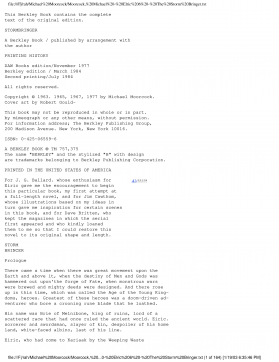
 2024-12-08 12
2024-12-08 12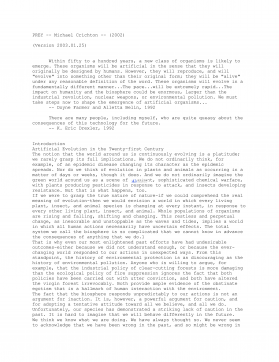
 2024-12-08 14
2024-12-08 14
 2024-12-08 10
2024-12-08 10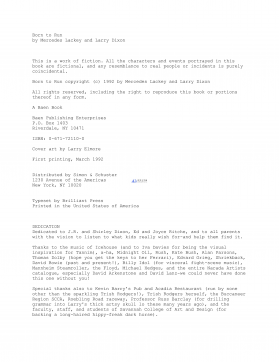
 2024-12-08 10
2024-12-08 10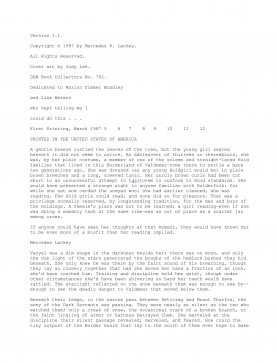
 2024-12-08 15
2024-12-08 15
 2024-12-08 18
2024-12-08 18
 2024-12-08 27
2024-12-08 27
 2024-12-08 25
2024-12-08 25
 2024-12-08 16
2024-12-08 16
 2024-12-08 30
2024-12-08 30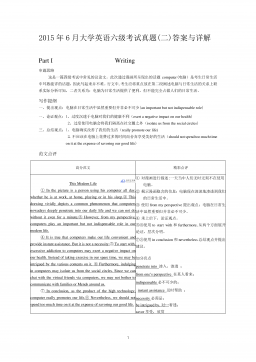
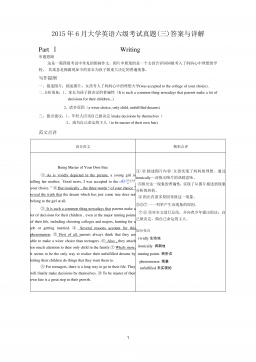
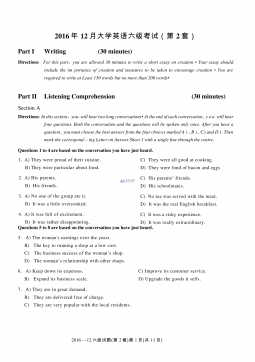
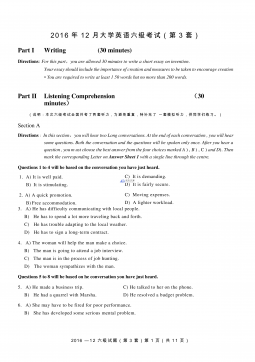



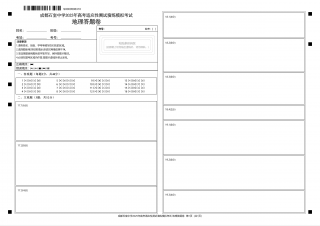
 渝公网安备50010702506394
渝公网安备50010702506394
